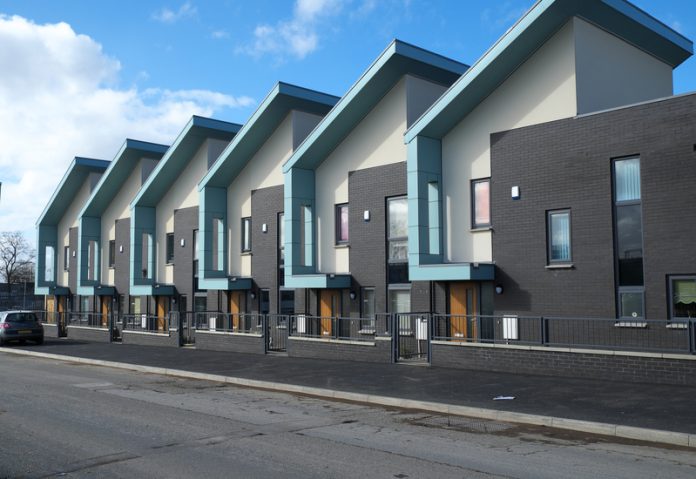In this piece, Advantage Home Construction Insurance will be answering everything you need to know about prefabricated houses and its growing popularity
The future is prefabricated – or so many in the industry would have you believe. It’s hard to deny the “prefab boom” the construction sector has experienced in recent years. But what exactly is prefabricated housing, and why is it so popular? Where is the trend headed next?
What are prefabricated houses?
Prefabricated homes, often referred to as “prefab homes”, “modular houses” or just “prefabs”, are made in factories and then delivered – section by section – to a plot, where they’re assembled. Alternatively, they can be built on “service plots” – usually the sites of demolished buildings, or even in the gardens of existing homes.
What are the benefits?
The biggest pro of opting for prefab is the low cost. Bespoke doesn’t come cheap, and with prefabricated homes, the need for constructors spending hours onsite, crafting a house from scratch, is eradicated – meaning bills are significantly reduced. Manufacturing costs are also much smaller, and many estimates suggest that prefabricated houses can be constructed in half the time of traditional homes – which carries enormous environmental benefits.
It’s also a huge plus point when considering the current UK housing crisis; the Government’s target is to produce no less than 300,000 homes per year in order to tackle the crisis, and with prefab providing the option to produce low-cost housing on a mass scale, it could well be a solution.
The homes themselves are also renowned for being low-cost, although the flexibility of modular homes means that they can be adapted to suit a wide range of preferences and budgets. The notion of “factory-built” houses which are slotted together in a matter of days may lead many to believe that prefabricated homes are low-quality. Conversely, though, they’re often praised for their “upmarket” feel and robust craftsmanship, meaning that owners don’t have to sacrifice anything if opting for prefab. Urban Splash, an iconic national developer, specialise now in modular homes – and Chairman Tom Bloxham believes their quality is higher than post-war homes.
Companies such as Hanse Haus cater to the higher-end market, whereas Pocket Living produce homes more suited to a smaller budget.
Additionally, the disruption often caused by ongoing works is reduced, both to homeowners and the surrounding neighbourhoods. Prefab homes ordinarily don’t take longer than 4-6 weeks to assemble once they’ve left the factory and arrived at their site – so both air and noise pollution is minimised. In fact, the process is sustainable from start to finish; the increased upfront planning involved with modular homes means that there is far less wastage, and less materials are used to achieve the finished product.
So, what’s next?
Many believe that prefabricated housing could be best put to use as low-cost emergency accommodation, so that in a crisis – especially in an urban area – such as a large fire or a flood, providing those displaced with shelter would be easy and cost-effective. In much the same way, prefab could be utilised to alleviate homelessness.
Currently, the industry is experiencing an ever-increasing demand for new methods of construction which will aid faster and less expensive development. Modular homes could certainly be the answer to that – but the enduring thorn in the side of development is land availability, and more land is needed both to leave prefab homes in situ on and for service plots.
What do you think?
Is prefab the future? What are your thoughts? Tweet us and let us know at @Advantage_LDI.
AHCI
Advantage Home Construction Insurance provides structural defects insurance for all types of new-builds, including prefabricated homes. Thinking of taking the plunge and going modular? Why not speak to one of our specialists today and find out how AHCI can help you? Contact us by visiting our website, or by calling 0845 900 3969.














